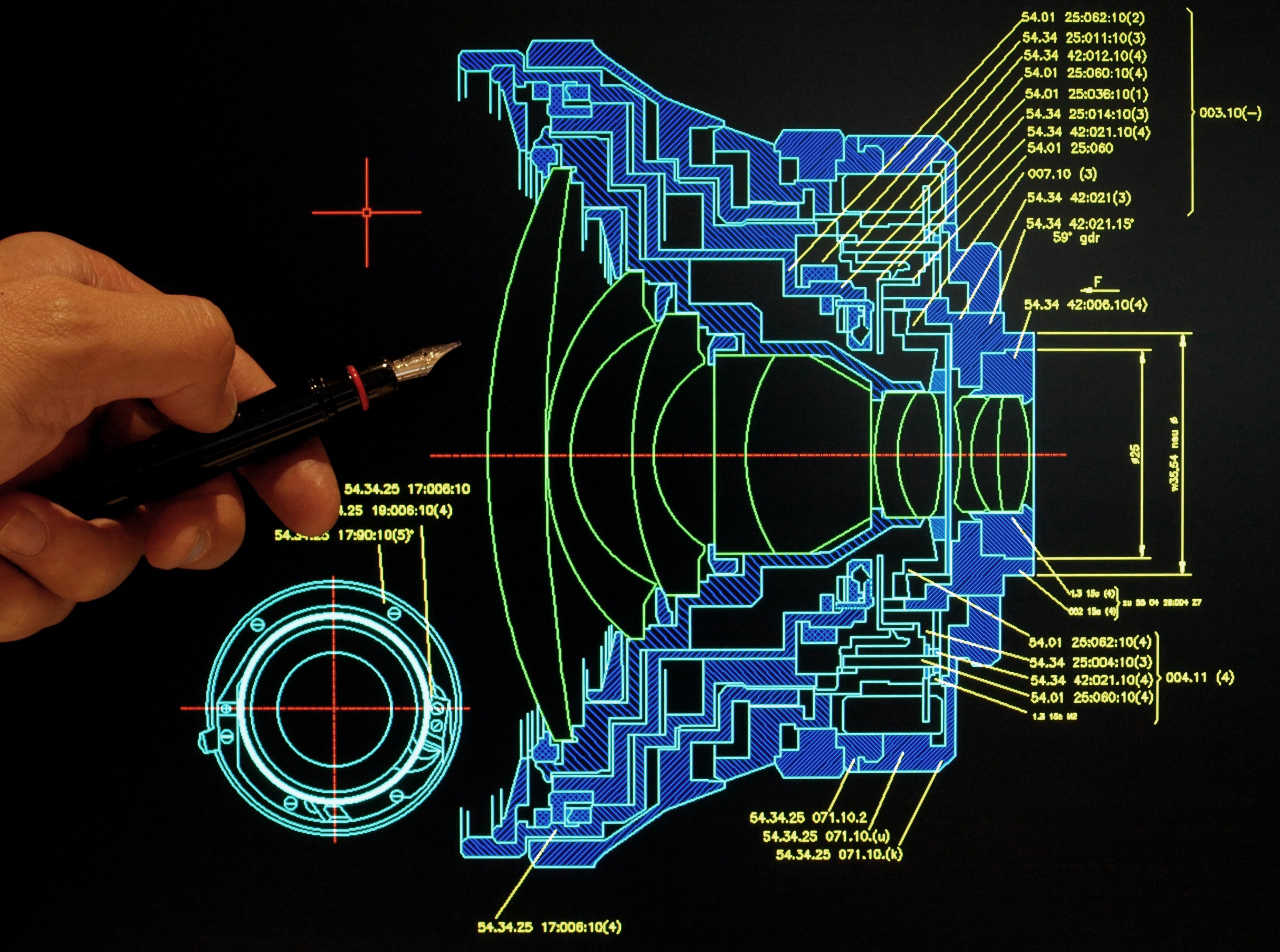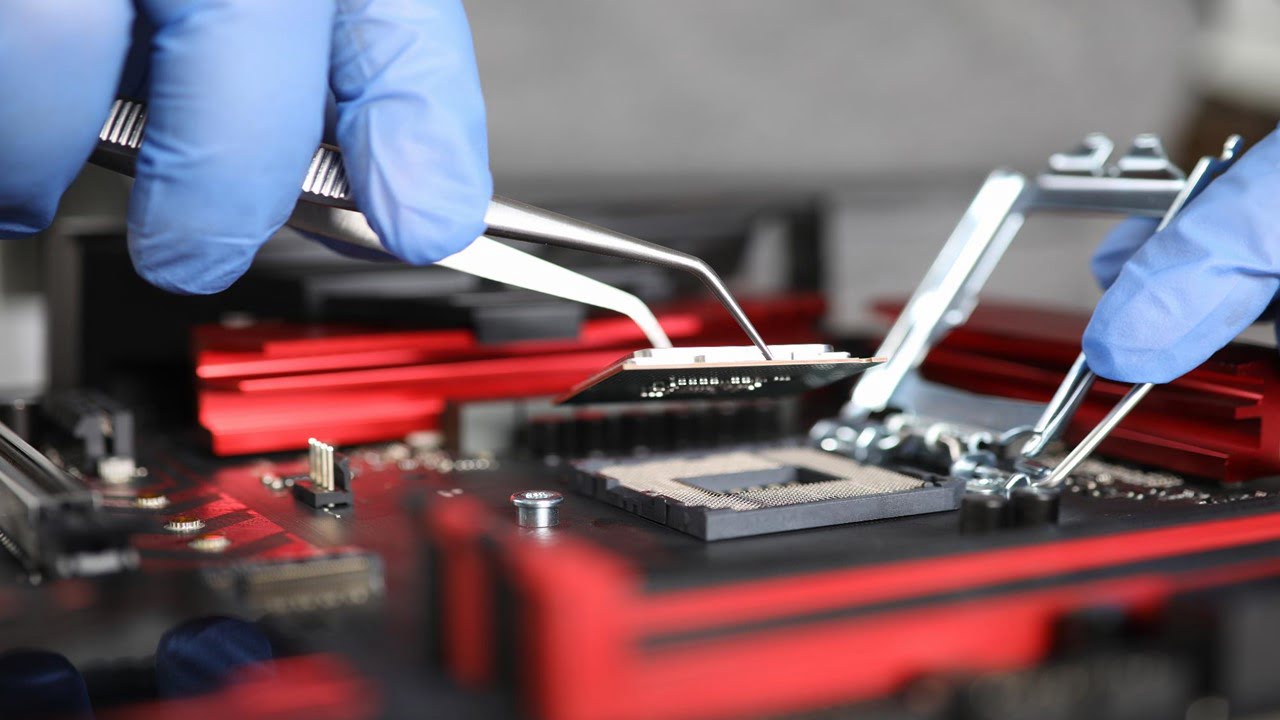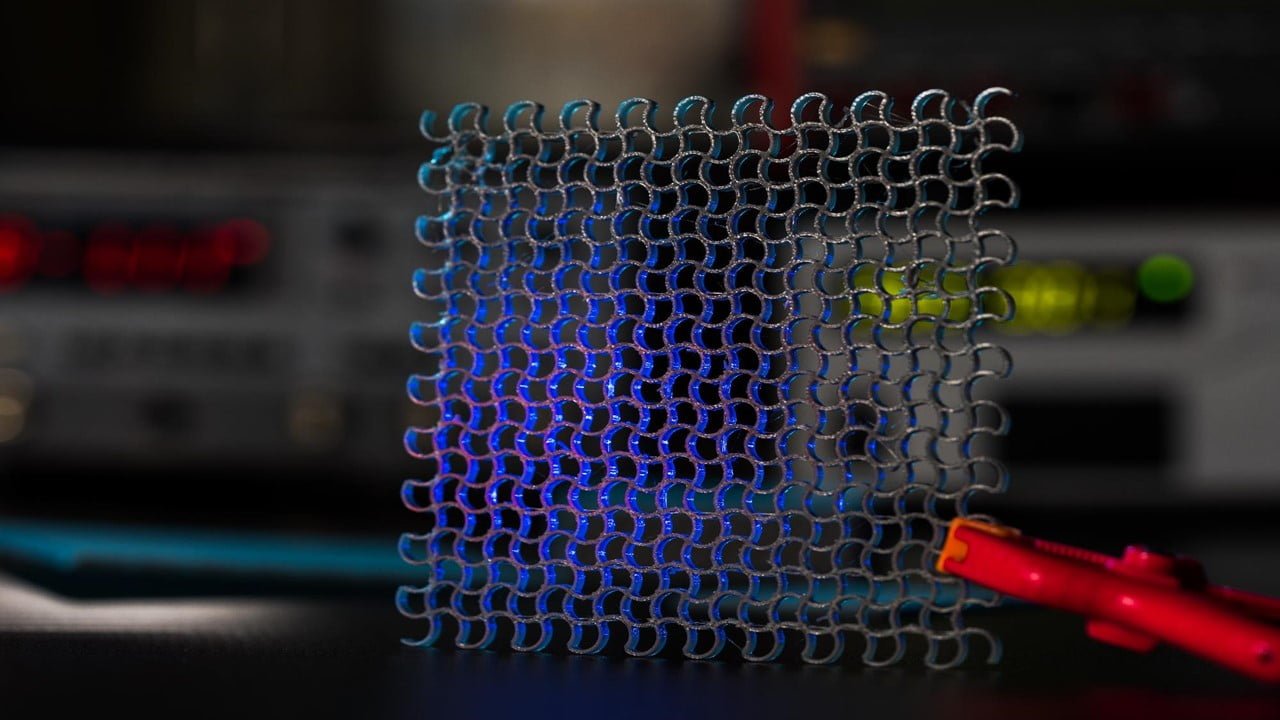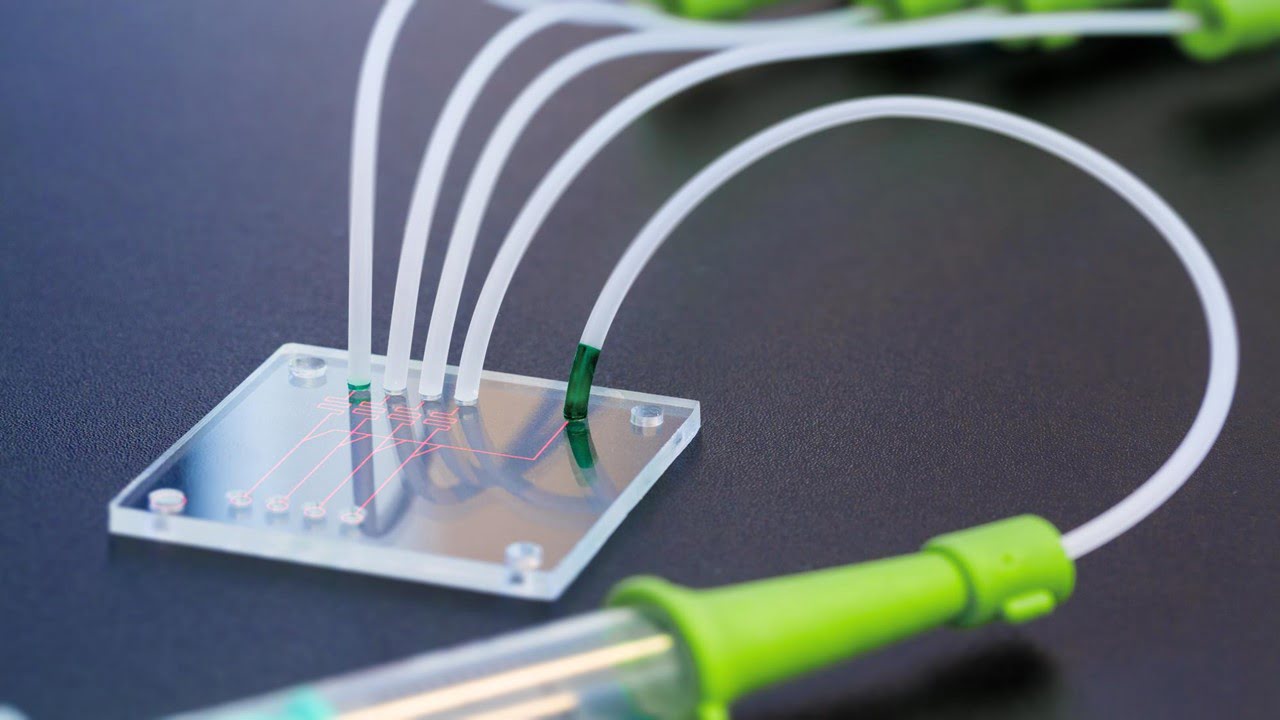
Understanding the inner workings of a cell is crucial in biology and chromatin, the tightly packed DNA within the cell nucleus plays a central role in many cellular processes. However, studying chromatin dynamics has been challenging due to its constant motion within the nucleus. Traditional techniques often rely on fluorescent labels, which can interfere with [..]
Read More
New research investigates the potential of a neurobiological model to predict future dementia diagnosis by analyzing the brain’s default-mode network (DMN). Alzheimer’s disease is the most common cause of dementia, and disruption in the functional connectivity of the DMN is a known indicator. The researchers used spectral dynamic causal modeling (DCM) on resting-state functional magnetic [..]
Read More
Building large-scale quantum computers capable of tackling problems beyond the reach of classical machines requires reliable methods for creating and connecting quantum bits (qubits). Researchers have taken a significant step forward with a new technique using femtosecond lasers to create and manipulate photonic qubits—qubits based on light particles. The challenge lies in precisely positioning and [..]
Read More
In a groundbreaking development, researchers have engineered a device capable of controlling photon emission with unparalleled precision. This innovative technology promises to revolutionize quantum applications by enabling more efficient miniature light sources, highly sensitive sensors, and robust quantum bits essential for quantum computing. The team utilized nanophotonic tools to achieve this feat. By employing tiny [..]
Read More
Have you ever felt limited by the size and availability of microspheres for your optical microscopy experiments? A new method using laser-based 3D printing offers a promising solution! Researchers describe a novel technique for fabricating high-quality microspheres for optical microscopy applications. Conventional methods for obtaining these spheres are restricted by their size and the difficulty [..]
Read More
The burgeoning field of intelligent unmanned systems, encompassing applications like autonomous driving and embodied AI, hinges on robust visual perception. However, traditional vision chips struggle in dynamic, unpredictable environments due to processing power and bandwidth limitations. This leads to distortions, failures, and high latency, compromising system safety and stability. Researchers have taken a revolutionary approach, [..]
Read More
New research discusses conventional optical microscopes’ limitations and dielectric microspheres’ potential to overcome these limitations. It describes a novel 3D micro-device fabricated using femtosecond laser ablation and multi-photon lithography. This device integrates a modified coverslip and a microsphere to achieve enhanced resolution. Conventional optical microscopes are limited by diffraction, which restricts their ability to resolve [..]
Read More
Researchers have developed a new technique for measuring very small displacements using light called nano-optomechanical fiber-tip sensing. This technique has several advantages over traditional methods, making it ideal for various applications. One major advantage is its simplicity. Unlike traditional methods that require complex optical setups, nano-optomechanical fiber-tip sensing only uses a tiny mirror placed on [..]
Read More
Researchers have developed a new biodegradable neural interface that uses light to stimulate nerves. This technique, known as transdermal optoelectronic stimulation, has the potential to revolutionize neural prosthetics and other biomedical applications. The device is fabricated from silicon and molybdenum, chosen for their biocompatibility and optical properties. A key feature of the design is its [..]
Read More
A new project at Aston University aims to revolutionize crop monitoring with a more affordable and efficient version of polarimetric LIDAR. Dr. Sergey Sergeyev, a photonics expert, has received a grant to develop this technology, addressing the limitations of current systems. LIDAR (Light Detection and Ranging) uses lasers to measure distance and gather information about [..]
Read More
Scientists have developed a method that rapidly predicts these materials‘ structure and chemical makeup, offering a faster and more precise alternative to traditional techniques. The key lies in combining machine learning with a spectroscopic technique called X-ray Absorption Near Edge Structure (XANES). Researchers used this approach to analyze amorphous carbon nitrides, a material with a [..]
Read More
In a groundbreaking study, researchers have introduced a revolutionary optoelectronic neuron array capable of nonlinear optical processing of ambient natural light. This innovation addresses a critical need in computational imaging and sensing by enabling the nonlinear transmission of spatially incoherent light at significantly lower intensities than previously achievable with conventional optical materials. The team’s approach [..]
Read More
Digital pathology has revolutionized the field of medicine by enabling the analysis of whole slide images (WSIs) on computers. However, challenges remain, such as the need for large, high-quality datasets for training machine learning models. Researchers have introduced Prov-GigaPath, a new pathology foundation model, in a recent breakthrough. Prov-GigaPath was pre-trained on a massive dataset of real-world pathology slides from Providence, [..]
Read More
Researchers have developed a compact, single-shot polarization imaging system that can provide a complete polarization picture. This system, free of moving parts or bulk polarization optics, could unlock the vast potential of polarization imaging for various applications, including biomedical imaging, augmented and virtual reality systems, and smartphones. The research aims to empower applications in real-time [..]
Read More
Holography plays a crucial role in quantum optics. It has the potential to revolutionize areas like quantum communication and computation. However, errors can occur during information transmission. This is where quantum error correction comes in. Researchers have recently proposed a novel method for holographic error correction using stabilizer graph codes. Stabilizer graph codes are a [..]
Read More
Microfluidics, manipulating fluids at micrometer scales, offers exciting possibilities in fields like biology, chemistry, and medicine. However, traditional fabrication methods for microfluidic devices are expensive and require specialized cleanroom facilities. 3D printing presents a faster and more affordable alternative, but designing microfluidic devices for 3D printing remains a complex task. This is where Flui3d comes [..]
Read More
Scientists have produced a first for communications by 3D printing silica glass micro-optics on the tips of optic fibers. This technique could make smaller sensors and imaging systems, enhanced connectivity, and faster internet possible. The manufacturing of chemicals and pharmaceuticals may also benefit from the study of printing techniques. This approach solves long-standing issues with [..]
Read More
Researchers have developed a new MRI technique that could enable detailed studies of how brain cells develop and communicate. The technique involves engineering blood vessels to express a protein that makes them light-sensitive. When exposed to light, these engineered blood vessels dilate, and this dilation can be detected using MRI. This new technique offers several [..]
Read More
Researchers introduce Lithium Tantalate (LiTaO3) as a promising material for photonic integrated circuits (PICs) for volume manufacturing. PICs are miniaturized circuits that integrate various optical functions onto a single chip. They are increasingly important for various applications, including optical communications, biosensing, and quantum technologies. Lithium Niobate (LiNbO3) has traditionally been the preferred material for PICs [..]
Read More
Researchers have developed a new type of optical barcode that could revolutionize high-resolution sensors. These barcodes use whispering-gallery-mode (WGM) resonators, which are tiny cavities that trap light and can be used to detect chemicals and other substances. However, traditional WGM resonators have limitations, such as a narrow dynamic range and limitations in resolution and accuracy. [..]
Read More